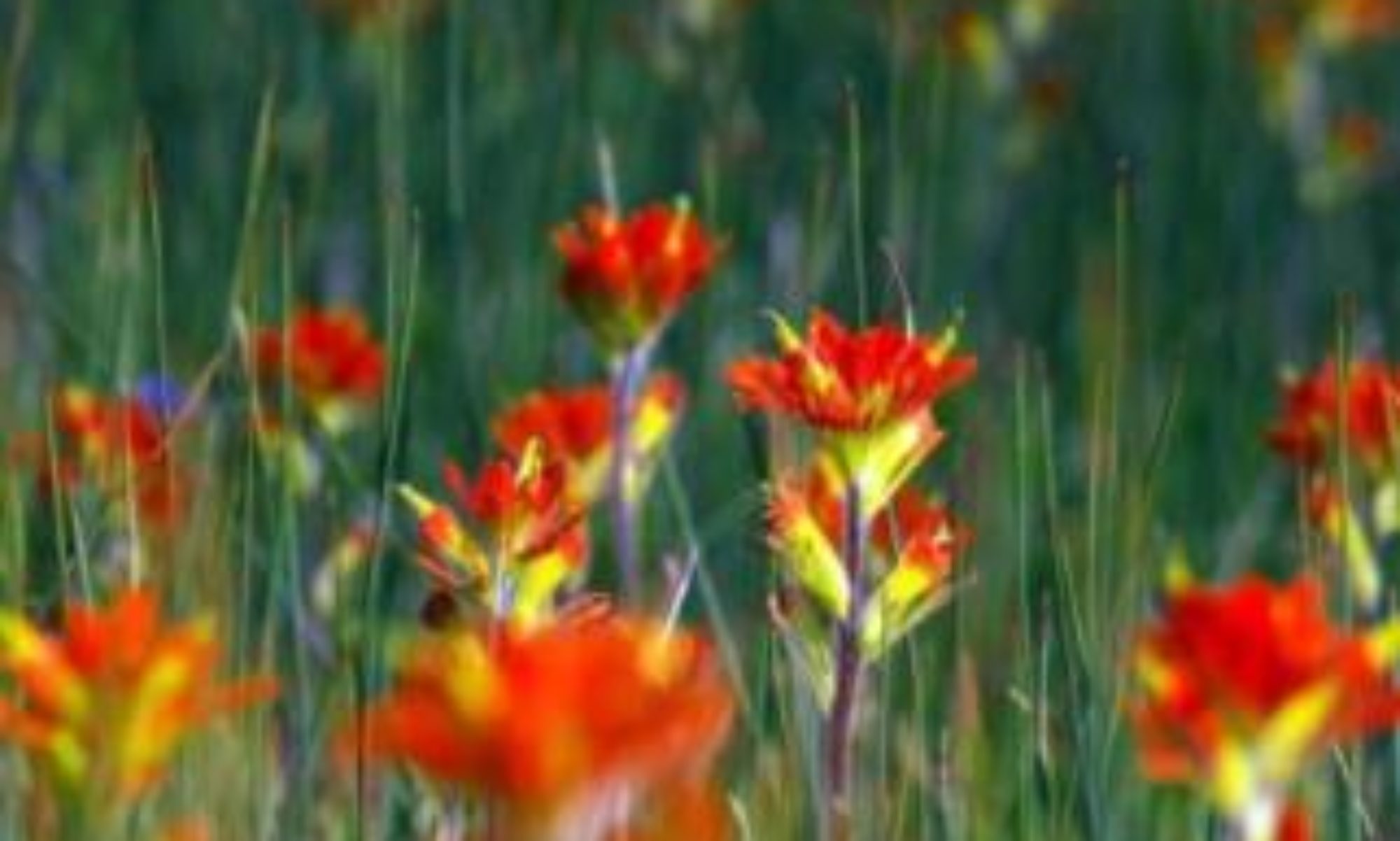It came to me all of a sudden that those sad men and women in Hong Kong’s movies and pop songs all seem to have walked out from her books. Her Eighteen Springs (also known as Half a Lifelong Romance), for example, is not a long novel, but has been a source of abundant inspiration.
Let’s put the book’s protagonists aside today. Cuizhi and Shihui are two secondary characters who really liked each other, but the differences in their family backgrounds would not allow them to be together. Many years later when they met again, Cuizhi already got married, and Shihui, though still being single, had more than one women in his life and each was like a shadow of Cuizhi and only richer than Cuizhi. The book ends with a scene that the two of them sat across each other at a dinner table. Watching a thick yellowish curtain blown by the evening wind as if a woman’s full skirt lingering at the window that could step in or take leave anytime but didn’t, both felt a deep loss in their lives and a sense of futility.
So, we see in Wong Kar-wai’s In the Mood for Love and 2046, his leading man would forever look for a Su Lizhen he had once fallen in love under a special circumstance. They understood and felt for each other, but nothing had really happened in the end because of the circumstance. We hear Lin Xi’s Not Coming Not Going; the title of the song is almost a copy of Chang’s words.
It seems that not just me – Hong Kong must have also fallen too deeply for Eileen Chang.

































